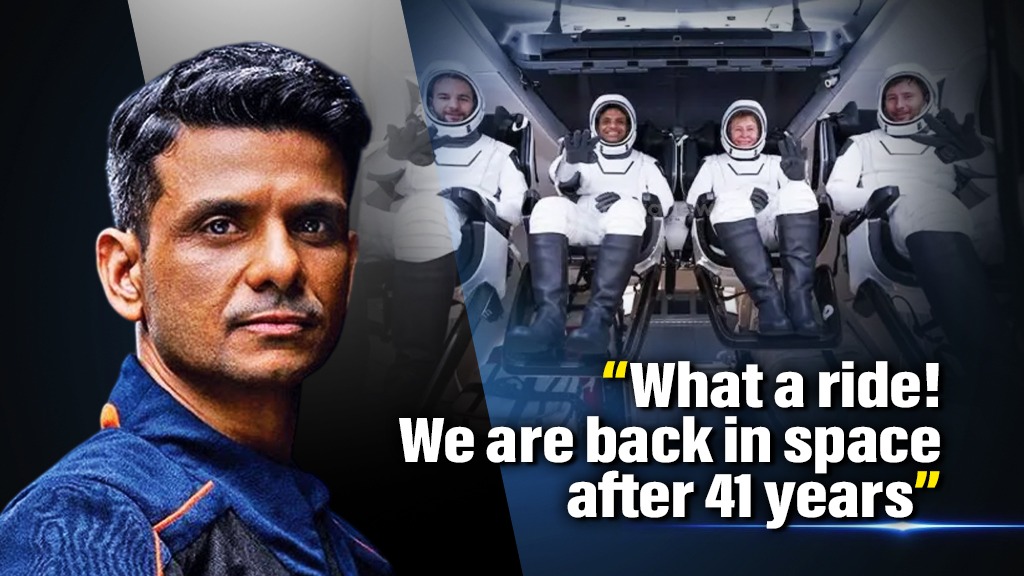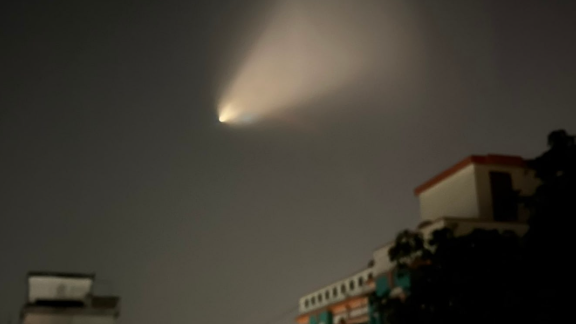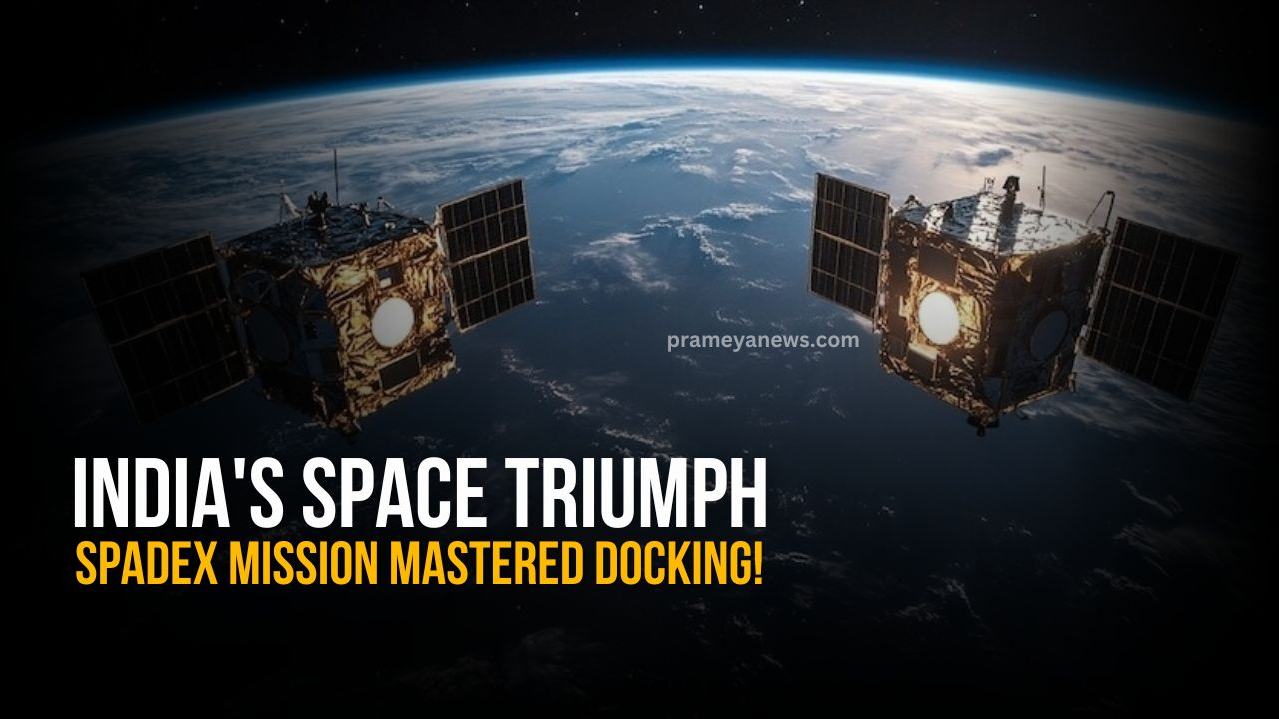
Doctors’ Day 2025: Honouring the healers among us

Chartered Accountants’ Day 2025: History, significance, & heartfelt wishes to share

‘MAA’ Attempts a Unique Genre Blend but Is Undone by Technical Shortcomings

Do you know Lord Jagannath too brushes teeth daily like common people? Read

Odisha's Outsourcing Probe: CM Majhi Orders 10-Year Review Amid Corruption Allegations

“We Are Back in Space”: Indian Astronaut Shubhanshu Shukla Shares Emotional Message After Historic 41-Year Return

Monday Morning Anxiety? Stress-Busting Secrets from Odisha

Sikandar Piracy Leak Prompts Bollywood's Biggest Insurance Claim as Audit Pinpoints Rs. 91 Crore in Damages

U.S. Eyes India for High-Value Agricultural Export Growth amid Trade Realignment

The Perfect Pairing: Tender Mutton and Creamy Moong Dal Unite in this Khada Masala Classic

Valentina Tereshkova's Pivotal Flight on June 16, 1963: The 'Gagarin in a Skirt' Who Became a Cold War Icon

Celebrating freedom and love: The unique ‘Ghini Palaan’ tradition of Khadia tribe during Raja festival

Raja sajabaja: The grand preparation for Pahili Raja

Happy Father’s Day: Know its significance & 5 thoughtful gift ideas

Infertility in men and women: A growing concern in India

WWDC 2025: Apple's 'Liquid Glass' Design and iOS 26 brings in a New Era of AI and Unity.

The Elusive Formula: A Critical Look at Why "Thug Life" and "Dil Se.." underperformed Despite Star Power.

Snana Yatra 2025: Know date, significance and rituals

Deadly Ghost Lights Terrorize Bengal Fishermen: "I was returning home when I saw three bright lights floating just above the water"

A Puppy's Guide to Chewing: What Owners Need to Know About This Natural and Necessary Behavior.



















































